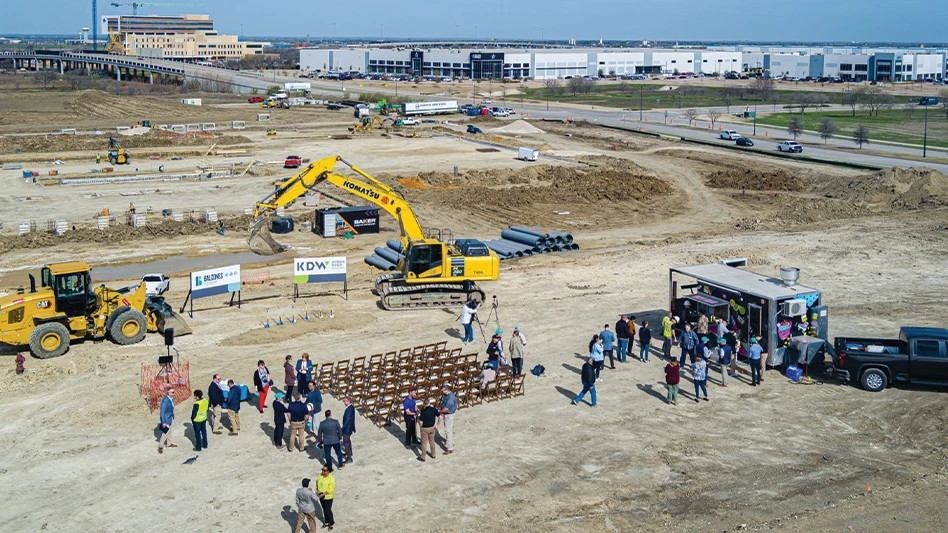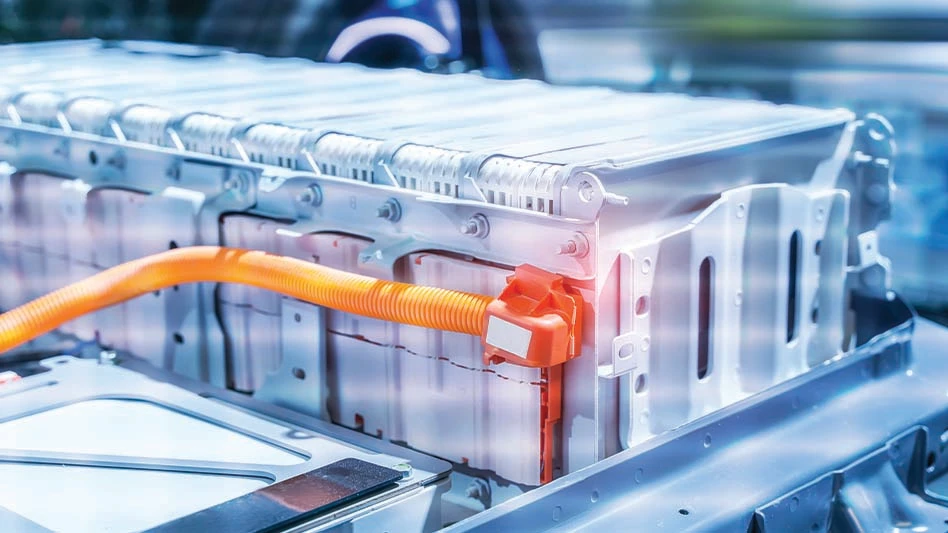The calendar now looks dramatically different in the year 2000, but ferrous scrap recyclers are facing the same challenges of cyclical markets and stringent quality requirements that they faced in 1999.
Science fiction writers (and sci-fi motion picture and television set designers) from just a few decades ago often depicted the world in 2000 as looking a great deal different. Plastic seemed to be prevalent, with a handful of space-age metallic alloys thrown into the mix.
Without a doubt, the plastics industry has enjoyed its growth in the second half of the twentieth century, supplanting and competing with metals in any number of segments including toys, packaging, appliances, electronics and transportation.
But if there were any worries that the Iron Age would come to an end in the year 2000, steelmakers and their scrap suppliers can now breathe a sigh of relief. Steel is still being made, rolled, stamped and put into products ranging from trucks and automobiles to staples and paper clips.
In many areas, steel’s competition does not come from space-age materials, but from rival metals such as aluminum, or—in the residential home framing market—from that most ancient of materials, timber.
That means that as the calendar turns, ferrous scrap processors remain a vital part of the economy, which is the good news. It also means, however, that yesterday’s challenges and headaches have carried over into the year 2000.
As the year dawns, forecasts for scrap demand are good. At Recycling Today, we hope that the third edition of our Ferrous Scrap Supplement will help processors and traders prepare for the busy year ahead, and for the challenges that exist, even if they do date back to the pre-2000 era.
The features included provide a look at the near-term prospects for ferrous scrap, both domestically and internationally, as well as our updated two-page ferrous scrap flow map and accompanying steel mini-mill list.
Also addressed in the supplement are the latest developments in alternative electric arc furnace feedstocks and a look at steel’s efforts to remain the material of choice in 2000 and beyond.
The challenges (shifting quality standards, logistics hassles, competition from scrap substitutes) remain. The biggest concern—that steel and scrap will play a reduced role in the post-2000 world—has not materialized. For that reason, we hope this is the third of many more Ferrous Scrap Supplements to come.
Get curated news on YOUR industry.
Enter your email to receive our newsletters.

Explore the July 2001 Issue
Check out more from this issue and find your next story to read.
Latest from Recycling Today
- Recycled steel price crosses $500 per ton threshold
- Smithers report looks at PCR plastic’s near-term prospects
- Plastics association quantifies US-EU trade dispute impacts
- Nucor expects slimmer profits in early 2025
- CP Group announces new senior vice president
- APR publishes Design Guide in French
- AmSty recorded first sales of PolyRenew Styrene in 2024
- PRE says EU’s plastic recycling industry at a breaking point






